Explore the outdoors and discover fractal shapes in the nature world
You can use our curriculum for free or can hire us to come to your school to lead fun, hands-on activities. Check out our education and outreach page!
Ages: 1st-12th grades
Materials:
None needed.
Optional notebook and pencil, digital camera
Time:
Approx 30-45 minutes; could be part of an all-day hike.
See the NM State Content Standards met by this Fractivity. Depending on the interests and background of the teacher, many more of the Standards can be met (e.g. natural selection, structure function relationships, etc.)
A great many patterns in nature are fractal, and just by stepping outside – even in an urban area – you can often find great examples of fractals. Take a walk with some students and try to find as many fractals as you can. Be prepared to discuss each example you find, and explain what makes it a fractal.
Following are a few examples found within walking distance of Monte Vista Elementary School in Albuquerque NM.
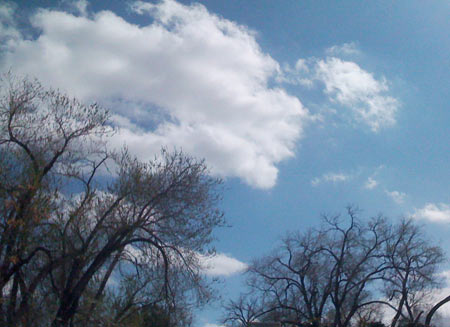
Trees are an iconic example of the branching family of fractals. A little branch of a tree has a similar shape to the entire tree.
Clouds are also fractal, spanning the range of scale from hundreds of kilometers large to the fog you exhale on a cold morning.
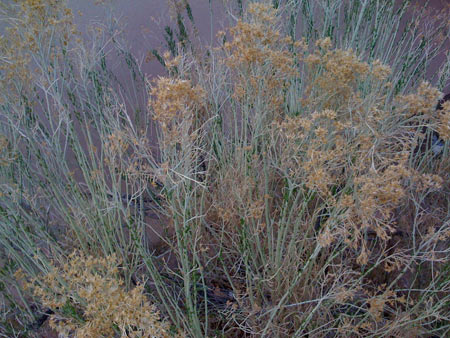 Bushes are very common small examples of branching fractals.
Bushes are very common small examples of branching fractals.
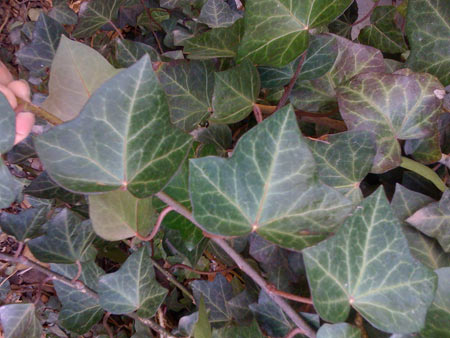
The branching pattern of the veins inside a leaf are similar to the branching of an entire tree.
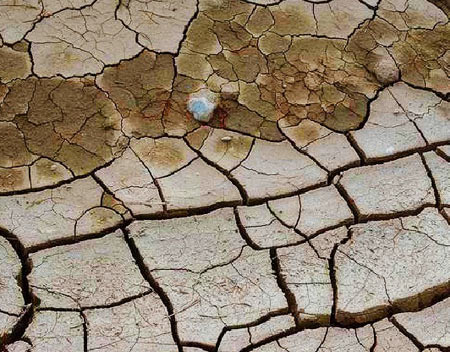
Cracks form when wet earth dries up and shrinks. The cracks form over a range of scales and share the same characteristic shapes. These cracks form perfect sites for seeds to sprout.
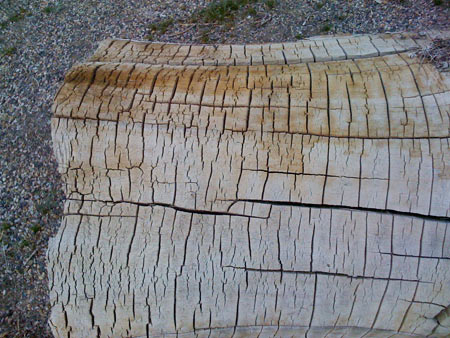
A dry old log shows a similar fractal cracking pattern.
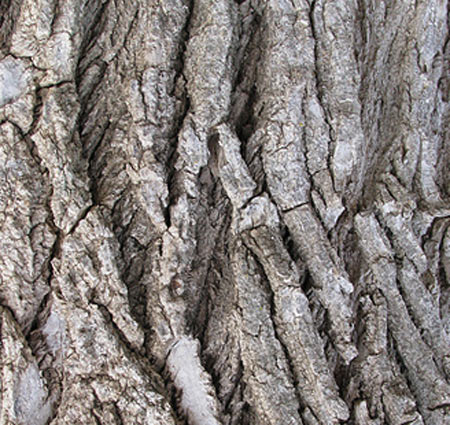
Tree bark, here from an old cottonwood, forms fractal cracking patterns as the tree expands. Look at the the big cracks up close and you can smaller cracks on and in between the big ones.
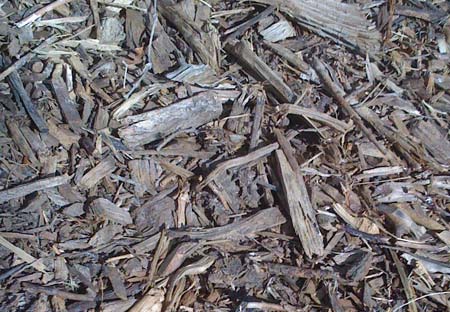
As wood breaks down into smaller and smaller pieces, a fractal pattern emerges, in which the same shapes recur at different sizes.
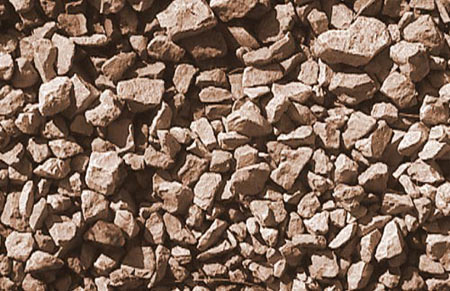
Rocks are fractals. Boulders, rocks, pebbles and grains of sand are all fractal copies of the same shape at different sizes. Can you tell what the scale of the rocks above is?
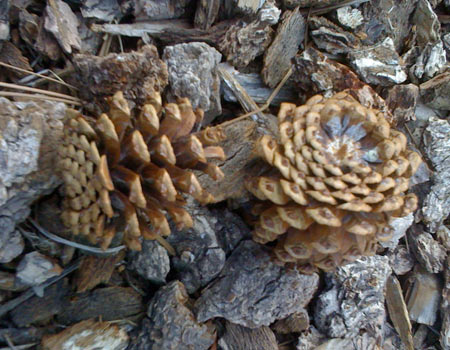
Spirals are fractals, and there are many examples in nature. The spirals observed in a pinecone, or a sunflower, or an agave cactus are examples of a ‘phyllotaxis’ a structure formed by repeating a simple process – expanding and rotating.
I’M SO FRACTAL FANCY YOU ALREADY KNOW, I’M IN THE FAST LANE FROM PREALG TO FRACTALS!
Wonderful examples and photographs that help students understand fractals. Still looking for a simple explanation that students can understand easily, though.